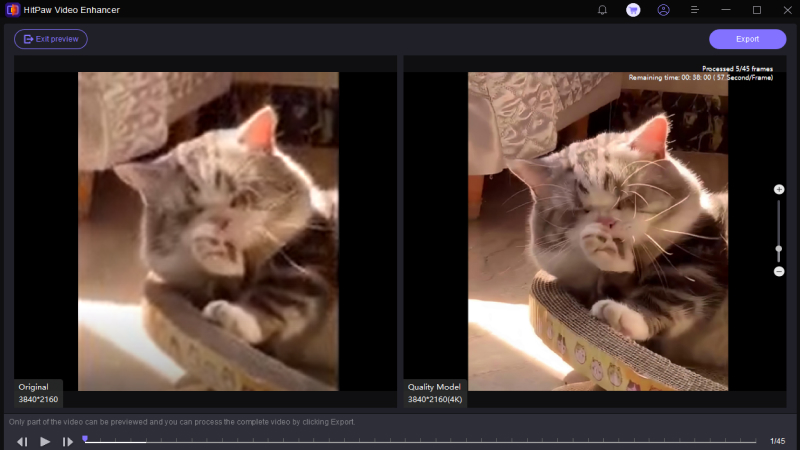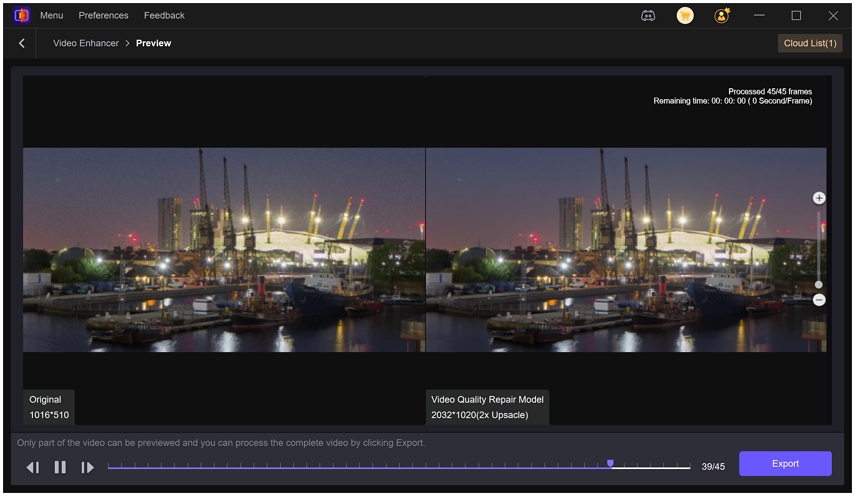What Is Analog Horror and Best Analog Horror Movies
Analog Horror is a subgenre that uses obsolete technology, low-fidelity signals, and found-footage aesthetics to create deep unease. Rooted in VHS tapes, broadcast interruptions, and lo-fi recordings, this style trades jump scares for creeping dread, immersive world building, and the uncanny feeling that the past itself is haunted. Whether called Analogue Horror or Analog Horror, the genre relies on nostalgia and decay to turn everyday media into instruments of terror.
Part 1: What is Analog Horror?
What is Analog Horror in simple terms? Analog Horror meaning centers on stories told through dated audiovisual formats such as VHS, broadcast tapes, analog TV signals, and early camcorder footage. Instead of polished cinematography, the genre uses degraded images, static, and fragmented narratives to suggest a larger, often unexplained threat. The result feels intimate and authentic, as if you found forbidden media that reveals something wrong with the world.
Key Characteristics of the Analog Horror Genre
- Use of deteriorated or low-fidelity media formats like VHS and broadcast tapes.
- Fragmented storytelling that suggests a larger unseen narrative.
- Static, tracking issues, and visual noise as mood and plot devices.
- Faux-documentary or found-footage presentation to create realism.
- Minimal explicit explanation; terror builds from implication and gaps.
- Unsettling audio design featuring hums, bleeps, and warped voices.
- Nostalgic references to analog technology and dated cultural markers.
- Slow, patient pacing that favors atmosphere over gore.
- Visual motifs of public service announcements and emergency broadcasts.
- Ambiguous endings that keep the mystery alive.
Part 2: 10 Best Analog Horror Movies That Terrify With Old Tech
For fans asking what is Analog Horror in film form, these movies use old tech aesthetics or found footage formats to create sustained dread. The following list includes films that influenced the Analogue Horror movement and more recent works that lean into degraded media and broadcast paranoia.
1. Lake Mungo
Lake Mungo is a subtle Australian mockumentary that unfolds like found footage and family recordings. Through home videos, interviews, and grainy stills, the film builds sorrow into creeping horror. Its use of everyday media as evidence blurs the line between grief and supernatural intrusion, making viewers feel like they are watching private materials they were not meant to see.
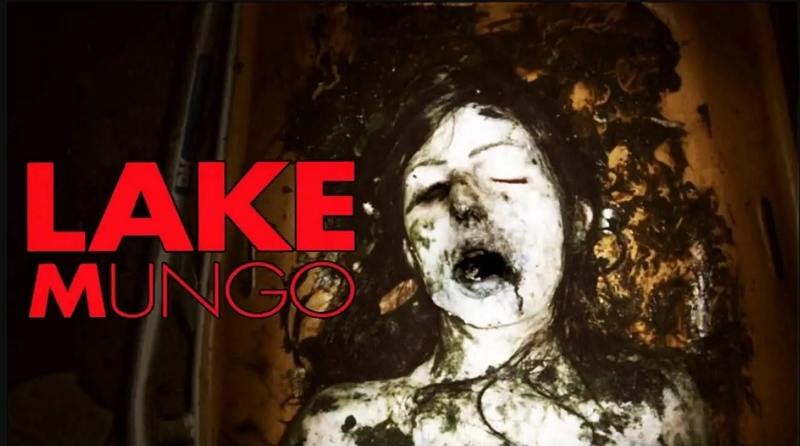
2. WNUF Halloween Special
WNUF Halloween Special is presented as an archived local TV broadcast from the 1980s, complete with commercial breaks and glitched segments. The film uses the framework of analog TV to create a sense of authenticity and creeping wrongness. The faux broadcast format heightens the uncanny effect as ordinary programming gradually reveals disturbing content beneath its surface.
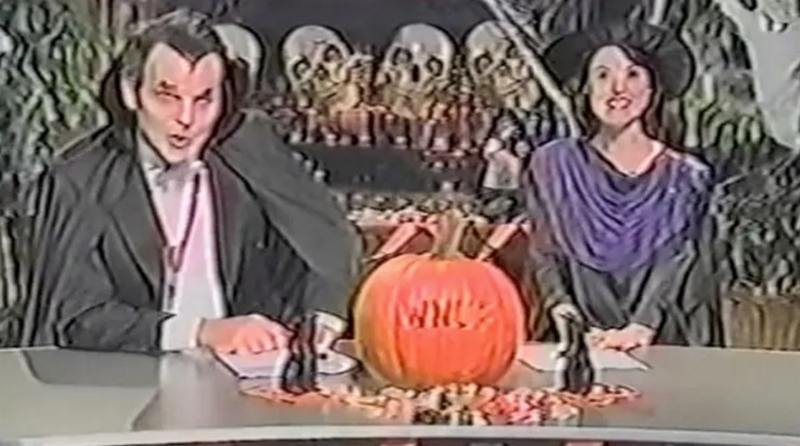
3. V/H/S
V/H/S is an anthology of found-footage segments linked by a frame story about people searching for a missing tape. The series leans heavily on analog aesthetics and lo-fi filmmaking to deliver twelve or more short nightmares. Each segment experiments with different forms of low-tech terror, making it a landmark for audiences who love Analog Horror movies and inventive practical scares.

4. Skinamarink
Skinamarink uses minimalism, dark frames, and degraded image quality to create existential dread. The film evokes childhood memory filtered through damaged media, where familiar spaces become hostile and time seems to warp. Its reliance on sound design, grainy visuals, and analog-like artifacts produces a disorienting experience that lingers long after the credits.
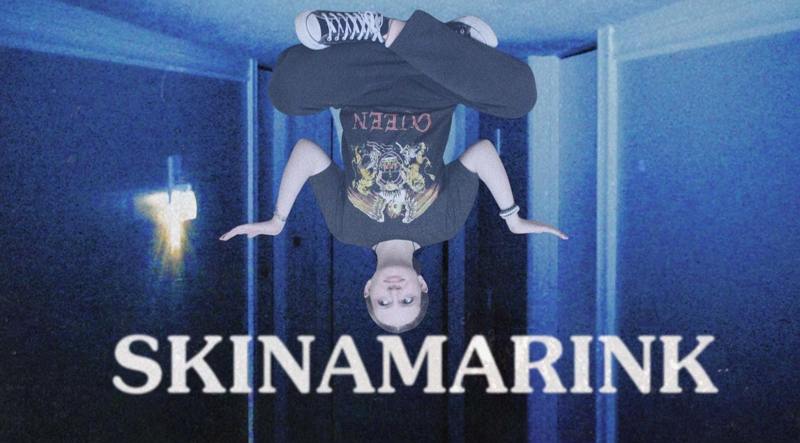
5. Ring
Ring blends analog tape paranoia with supernatural threat, popularizing the cursed videotape concept for a global audience. The film uses the format of a recorded tape to transmit a fatal message, making the medium itself the vector of horror. By treating the videotape as both artifact and antagonist, Ring exemplifies how analog technology can be central to a horror premise.
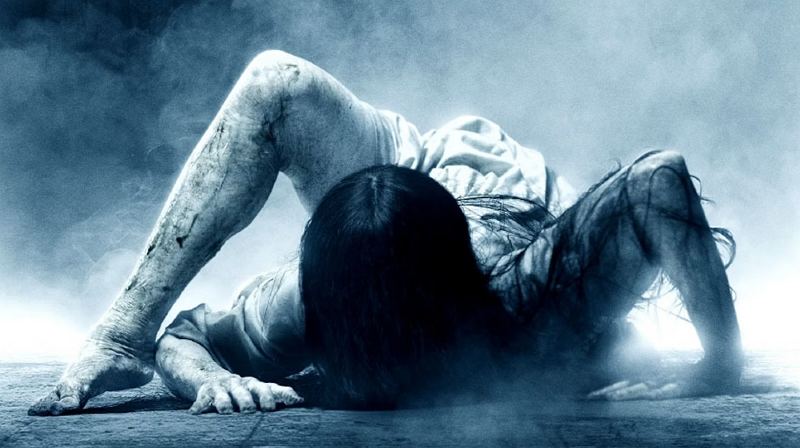
6. Session 9
Session 9 crafts dread through location recordings and document-like exploration of an abandoned asylum. While not strictly about videotape technology, the film uses recorded dialogue, audio logs, and lo-fi production choices to feel like recovered evidence. The analog sensibility amplifies the oppressive atmosphere and the slow unraveling of its characters' sanity.
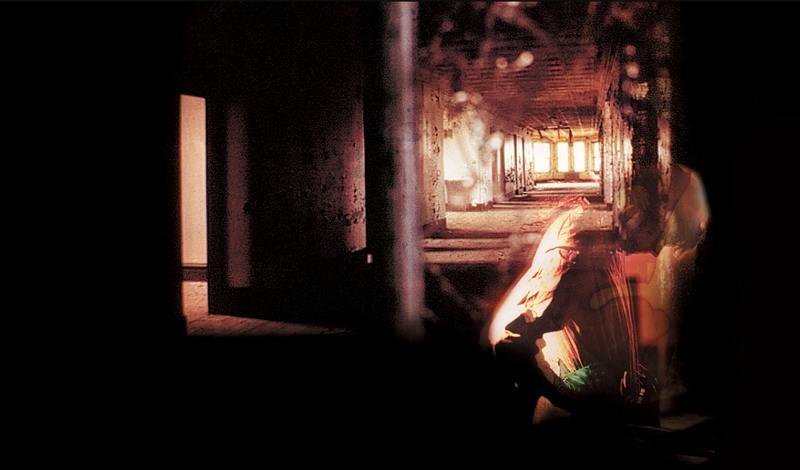
7. Noroi: The Curse
Noroi: The Curse is a Japanese found-footage film that compiles interviews, footage, and investigative recordings into a complex tapestry of unsettling events. The film's documentary framing and use of degraded home-video aesthetics give it an authentic, archival feel. As the investigator's footage accumulates, the sense of an interconnected ritual horror grows undeniable.

8. The Last Broadcast
The Last Broadcast is an early example of blending documentary style with low-tech artifacts to build mystery around a tragic event. Filmed in a primitive digital and analog mix, the movie uses recorded interviews, radio segments, and camcorder tapes to make viewers feel like they are holding actual evidence. That archival feeling enhances the film's creeping terror and unresolved questions.
9. The Blair Witch Project
The Blair Witch Project reinvented low-fidelity terror by presenting itself as recovered camcorder footage, making the ordinary feel dangerously real. Its raw, shaky camerawork, night vision shots, and fragmented edits created intense immediacy and uncertainty. Often cited as a landmark for Analog Horror and found-footage storytelling, the film's minimalist approach and ambiguous ending left lasting influence on how filmmakers use authenticity and suggestion to generate fear.
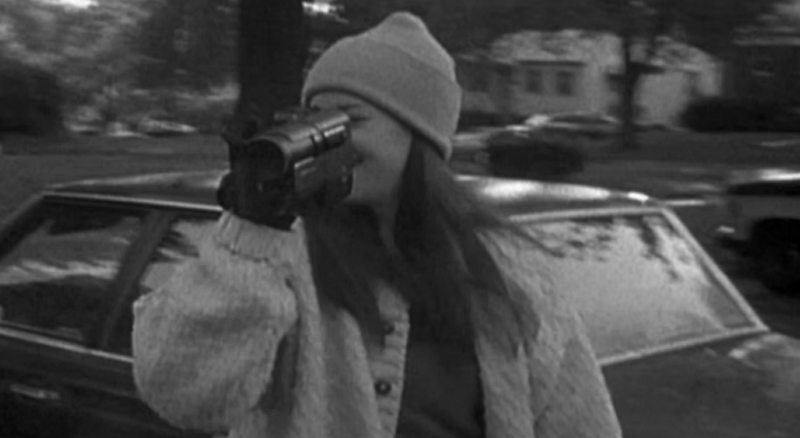
10. The Blair Witch Project
The Blair Witch Project popularized the found-footage format and made low-fi horror mainstream. Presented as rediscovered camcorder footage, the film uses shaky cameras, night vision, and fragmentary edits to produce intense, immediate fear. Its raw, amateur aesthetic created a template for many Analog Horror movies that followed, where realism and ambiguity drive the terror.
Part 3: Bring Old Analog Horror Footage to Life with HitPaw VikPea
If you work with recorded tapes, VHS scans, or lo-fi footage for Analog Horror projects, preserving atmosphere while improving clarity is essential. HitPaw VikPea offers AI-powered tools that can upscale, denoise, and restore footage without destroying its analog charm. Whether you want to accentuate static and grain or remove distracting noise for clearer storytelling, this tool helps you control the balance between authenticity and watchability.
- AI upscaling to higher resolutions while preserving vintage texture.
- Smart denoise that reduces hiss without removing analog character.
- Sharpen model to clarify details from blurred tape footage.
- Portrait model for cleaning recorded faces from dated camcorders.
- Video quality repair for fixing frame jitter and flicker on old tapes.
- Batch processing to enhance multiple clips quickly and consistently.
- Preview function to compare original and enhanced versions instantly.
- Export options up to 4K or 8K for modern delivery formats.
Step 1.Launch HitPaw VikPea on your computer, choose Video Enhancer from the home screen, and import your file. You can drag and drop videos directly into the workspace for fast setup.

Step 2.Select from available models such as General, Sharpen, Portrait, or Video Quality Repair. Pick the model that best addresses your needs, like clarity, face detail, or repair of damaged frames.

Step 3.Under Export Settings, choose the desired upscaling level. VikPea supports up to 4K or 8K output. Use Preview to check how the enhancement affects texture and mood. If satisfied, click Export to save the final video.

Part 4: Frequently Asked Questions on Analog Horror
The Blair Witch Project and Ring are often cited as the most famous analog horror influences, thanks to their found footage and cursed tape conceits.
Analog Horror is a fictional genre. It uses realistic presentation to blur fact and fiction but the stories and artifacts are created for narrative effect.
Analog Horror hooks viewers with nostalgia, mystery, and the thrill of piecing together fragmented evidence, rewarding close attention and speculation.
Analog Horror relies on obsolete media aesthetics and signal degradation. Digital horror often uses high-definition glitches, deepfakes, or online networks as plot devices.
Conclusion
Analog Horror and Analogue Horror movies transform obsolete technology into a storytelling device that feels intimate, mysterious, and deeply unsettling. From early found-footage classics to contemporary experimental works, the genre proves that lower fidelity can mean higher terror. Whether you want to watch the best Analog Horror films or polish old tapes for a project, understanding the genre's aesthetics helps preserve the mood while improving clarity. For creators handling vintage footage, tools like HitPaw VikPea Video Enhancer let you enhance quality without losing the analog soul that makes this subgenre so compelling.
Leave a Comment
Create your review for HitPaw articles









